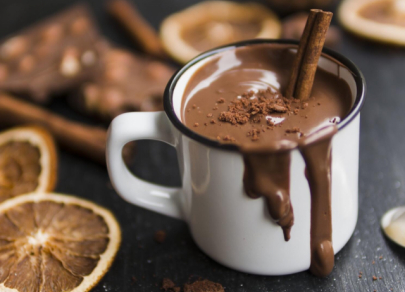
Top 7 winter drinks from around the world
Winter is the perfect time to curl up in a warm blanket and enjoy drinks that bring coziness and holiday cheer. Here are seven winter drinks that are perfect for cold days



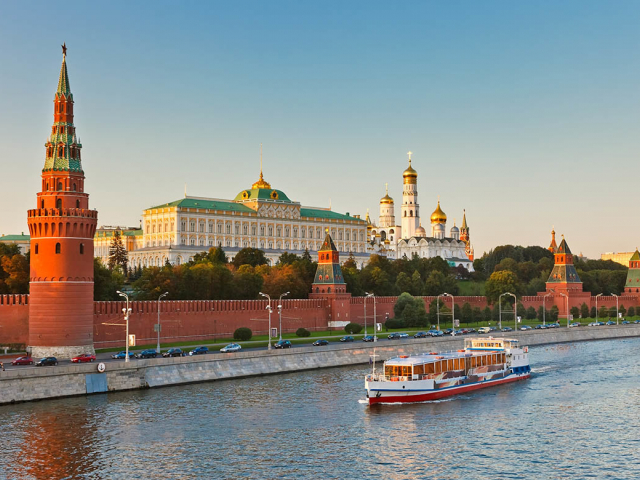
Kremlin, Moscow, Russia
In medieval Russian, the word "Kremlin" meant a fortress. The world-famous Moscow Kremlin was originally wooden. However, in the late 15th and early 16th centuries, it was rebuilt into a historical complex with many museums, churches, and palaces.
Nowadays, the Moscow Kremlin is used as the official residence of the President of the Russian Federation. The Moscow Kremlin and the Red Square located to the west of the fortress are included on the UNESCO World Heritage List.
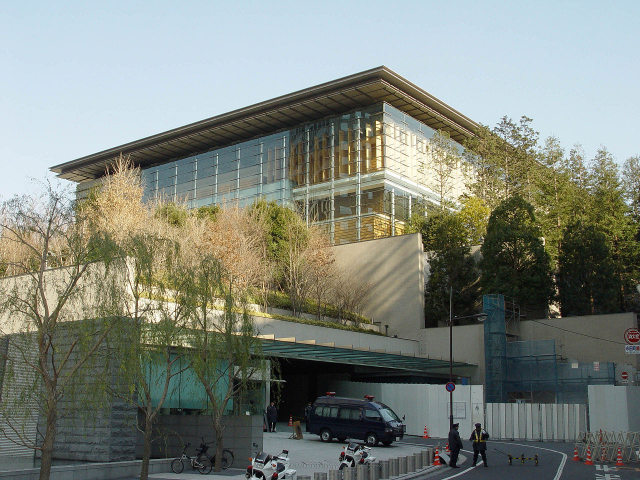
Sori Daijin Kantei, Tokio, Japan
The Prime Minister's Official Residence, recently reconstructed, has become more than one and a half times larger than the previous one.
The architects balanced the internal and external space of the building with a variety of panoramic windows, gardens, and architectural know-how such as a retractable roof in the courtyard, etc.

White House, Washington, US
Curiously enough, the White House has not been the seat of every US president. Originally, it was designed as the President's House by George Washington to serve the interests of the Northern and Southern States. It was renovated in 1901 by Theodore Roosevelt who eventually gave it its modern name.
The White House can be compared to the National Museum: it has a total of 132 rooms, including 16 family-guest rooms. On the walls, there are a lot of paintings by famous artists, e.g. portraits of all American Presidents, amazing sculptures, and antique furniture.
Each room serves its own purpose. Important events take place in three large oval rooms: blue (for ceremonial receptions and dinner parties), yellow (for small receptions and meetings with the representatives of foreign countries), and green (for informal receptions and meetings).

10 Downing Street, London, UK
10 Downing Street, known as the official residence and the office of the British Prime Minister, is located on a small street in the historic district of London. Moreover, a lot of governmental residences have been situated on the south side of the street for more than 200 years. 10 Downing Street is very close to Whitehall and just a stone's throw from the British Parliament and Buckingham Palace.
Since 2011, the unofficial mascot of 10 Downing Street is stray cat Larry. In 2016, a rescue cat called Palmerston joined in and started his new job at the UK Foreign Office as well.

Rashtrapati Bhavan, New Delhi, India
In Hindu, the Rashtrapati Bhavan means "the President's House". It has been the official home of the President of India since the 1950s – a period when India gained its independence from the UK and elected its first President.
The palace covers an area of 18,580 square meters. Nowadays, it is the second largest presidential residence in the world.

Elysee Palace, Paris, France
The Elysee Palace, one of the main tourist attractions of France, is known throughout the world for its gorgeous garden. Initially, the palace was used only for unofficial meetings. In the early 19th century, it became the official presidential residence.
Nowadays, the Elysee Palace has 369 rooms, including richly decorated dining rooms and private rooms of the French President.

Mahlamba Ndlopfu, Pretoria, South Africa
Mahlamba Ndlopfu, formerly called Libertas, is the Official Residence for the President of the Republic of South Africa. The palace was built in Pretoria, one of the three capitals of South Africa, in 1940. Since then, several changes had been made on the building.
Apart from government buildings, the city has preserved many historic houses. That is why Pretoria is one of the most-visited cities in South Africa.
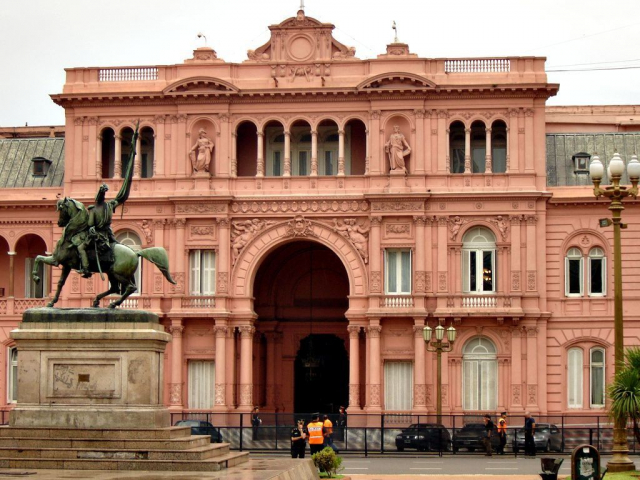
Casa Rosada, Buenos Aires, Argentina
Located in Buenos Aires, the Casa Rosada or Pink House is clearly visible from a distance due to its bright pink color. There are several presidential offices and even a museum inside the building. The Casa Rosada is officially called the executive mansion of the President of Argentina. The head of state lives in the Quinta de Olivos.
It is believed that the 4th President of Argentina decided to have the mansion painted pink in order to defuse political tensions by mixing the red and white colors of the country's opposing political parties. However, an alternative explanation has no political background: Casa Rosada was painted pink as a result of the mixing of cow’s blood into white paint.

Ak Saray, Ankara, Turkey
AK Sarai or White Palace is the official residence of the President of Turkey. It was built in 2014. The 280,000-square-meter palace has about 1,100 rooms. Notably, it is 30 times the size of the White House in Washington.
On its territory, there is also a guest house that has 250 rooms. Recep Tayyip Erdogan initiated the construction of the grandeur palace, spending a total of at least 615 million dollars from the budget. The lion’s share of the money was spent on ensuring the most advanced security system.
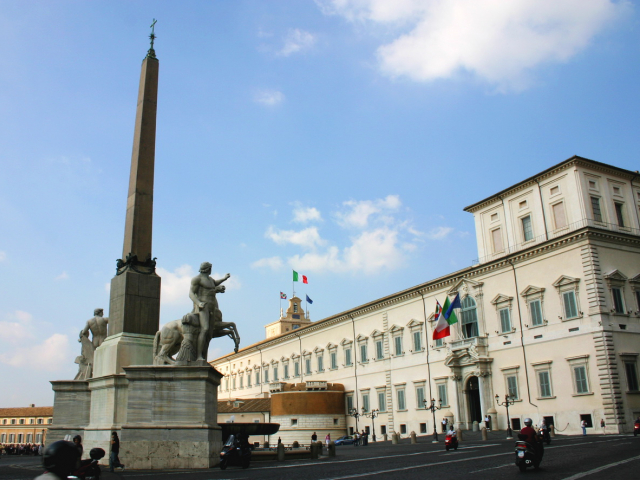
Quirinal Palace, Rome, Italy
The famous Quirinal Palace, originally built as a Papal Villa, dates back to the end of the 16th century. This building has both political and artistic value.
The palace is located on the Quirinal Hill, the highest of the seven hills of Rome. Moreover, it is one of the three current official residences of the President of the Italian Republic. The palace has a large ballroom, a gallery of busts, and a huge library.

Winter is the perfect time to curl up in a warm blanket and enjoy drinks that bring coziness and holiday cheer. Here are seven winter drinks that are perfect for cold days

Despite the widespread belief that ultra-wealthy individuals are leaving big cities in search of privacy, most still prefer to live in bustling metropolises, according to the latest billionaire census conducted by Altrata. Let's explore which cities today have the largest concentration of people with a fortune exceeding $1 billion

The European Union currently includes 27 member states, but the interest in joining continues to grow, with an increasing number of countries aspiring to become part of the bloc. This article highlights the countries advancing toward European integration and examines where they stand on this path